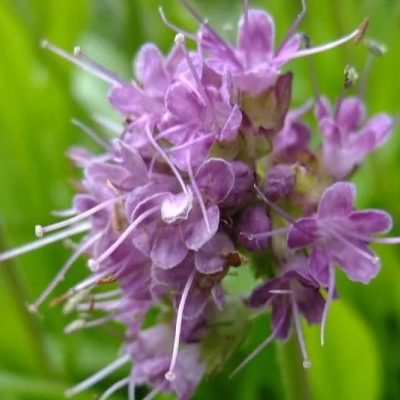Trigeminal Neuralgia, also known as "tic douloureux," is a chronic pain condition that affects the trigeminal nerve. This nerve is responsible for carrying sensations from your face to your brain. It is characterized by sudden, intense, and sharp pain in the face, often triggered by simple activities like chewing, talking, or touching the face. The pain is often described as one of the most severe types of pain a person can experience.
Causes of Trigeminal Neuralgia
Compression of the Trigeminal Nerve
- Most commonly caused by a blood vessel pressing on the nerve near the brainstem.
Nerve Damage
- Due to conditions like multiple sclerosis or injuries affecting the nerve's protective covering (myelin sheath).
Tumours or Lesions
- Rarely, tumours pressing on the trigeminal nerve can cause Trigeminal neuralgia
Trauma or Dental Work
- Injury to the nerve from facial trauma, surgery, or dental procedures.
Aging
- More common in individuals over 50 years old.
Idiopathic Causes
- In some cases, the exact cause remains unknown.
Signs and Symptoms
Sharp, Stabbing Pain
- Sudden and severe episodes of pain, often described as "electric shocks."
- Usually affects one side of the face (unilateral).
Trigger Points: Pain can be triggered by:
- Touching the face.
- Chewing, speaking, or brushing teeth.
- Exposure to wind or cold air.
Short Episodes
- Pain attacks last from a few seconds to a couple of minutes, but they can recur frequently.
Affected Areas: Pain occurs in regions controlled by the trigeminal nerve:
- Ophthalmic branch: Upper face and forehead.
- Maxillary branch: Middle face, cheek, upper jaw, and teeth.
- Mandibular branch: Lower jaw, teeth, and chin.
Periods of Remission
- Episodes may disappear for weeks, months, or even years before returning.
Emotional Impact
- Fear of triggering pain can lead to anxiety, depression, and social withdrawal.
Complications:
Impact on Quality of Life
- Difficulty eating, speaking, or performing daily activities.
Weight Loss
- Caused by fear of chewing or eating due to pain.
Mental Health Issues
- Chronic pain can lead to depression, anxiety, and stress.
Progression
- Over time, the pain may become more frequent and less responsive to medications.
Ayurvedic Perspective on Trigeminal Neuralgia
In Ayurveda, Trigeminal Neuralgia can be linked to an imbalance in the Vata Dosha, which governs movement, sensation, and the nervous system. Excessive Vata can lead to sharp, shooting pain in the face. This condition is associated with "Anantavata", a disorder that affects the nerves and facial region.
Ayurvedic Treatment for Trigeminal Neuralgia
Ayurvedic treatment aims to:
- Balance Vata Dosha.
- Soothe the nervous system.
- Reduce inflammation and pain.
- Enhance overall mental and physical health.
Panchakarma Therapies (Detoxification)
Shirodhara:
- Medicated oil poured on the forehead to calm the nervous system and reduce pain.
Abhyanga (Oil Massage):
- Full-body massage with medicated oils like Dashamoola Taila or Mahanarayan Taila to pacify Vata.
Nasya (Nasal Therapy):
- Administering medicated oils like Brahmi Ghrita through the nostrils to nourish the nerves.
Basti (Enema Therapy):
- Vata-pacifying herbal decoction or oil enemas to detoxify and balance Vata.
Diet
- Warm, nourishing, and easy-to-digest foods.
- Include ghee, cooked vegetables, soups, and herbal teas.
- Avoid cold, dry, and spicy foods, which aggravate Vata.
Lifestyle
- Maintain a regular routine with adequate sleep and relaxation.
- Practice mindfulness and avoid stress triggers.
Herbal Remedies
Ashwagandha (Withania somnifera)
Strengthens the nervous system and reduces pain.
Bala (Sida cordifolia)
Nourishes the nerves and improves overall vitality.
Jatamansi (Nardostachys jatamansi)
Soothes nerve irritation and promotes mental calmness.
Shankhpushpi (Convolvulus pluricaulis)
Enhances nerve function and reduces stress.
Eranda (Castor oil)
Used internally or externally to reduce inflammation and Vata-related pain.
Always consult a qualified Ayurvedic practitioner for a personalized treatment plan tailored to your condition








